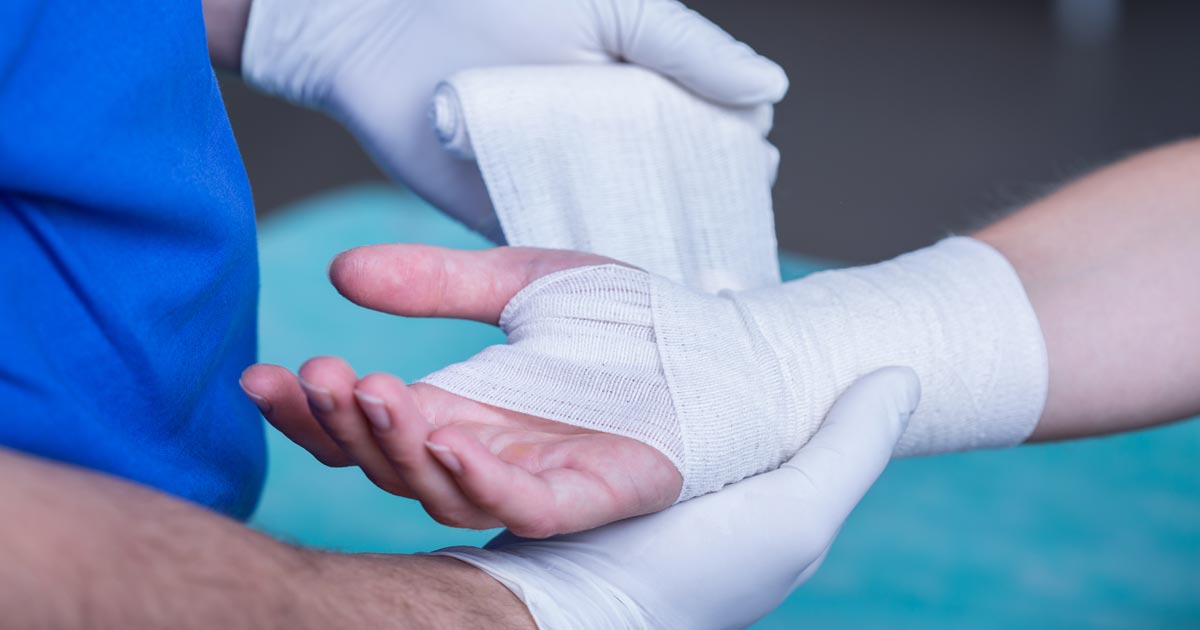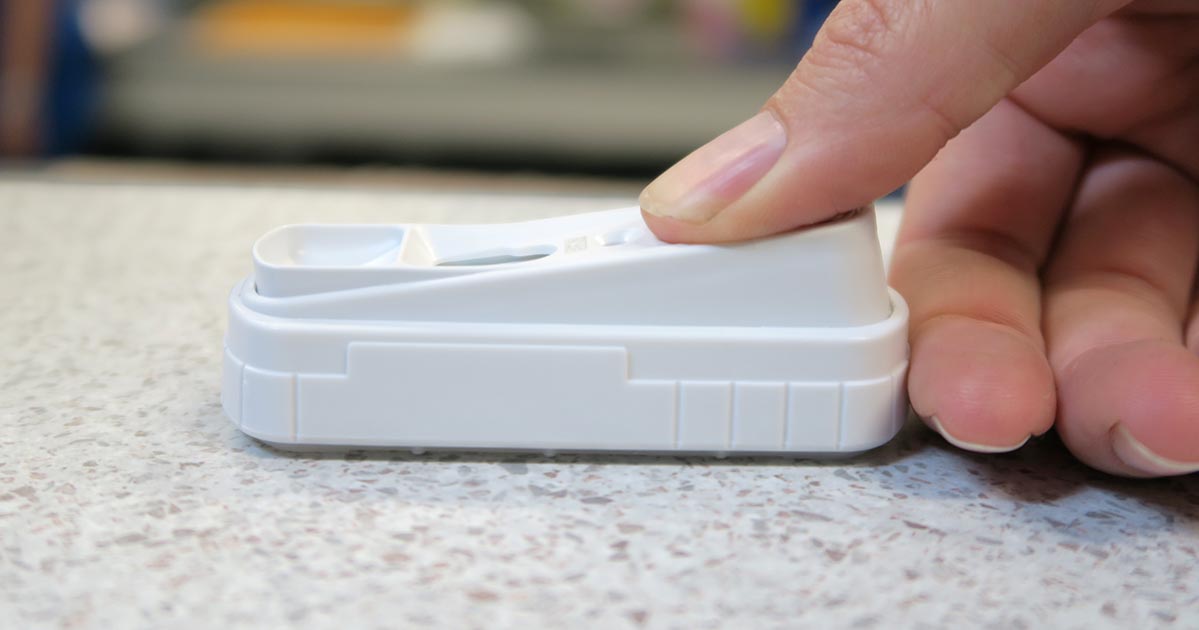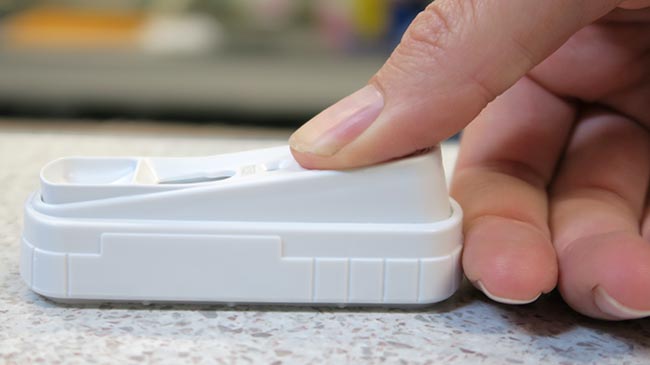Before I started vet school, I attended a workshop for aspiring vets where students shared anecdotes about the various occupational ailments they had experienced or witnessed over the years.
Despite having to defer the start my veterinary degree due to a horse-related incident, I got through university largely unscathed by veterinary-related disease. I contracted a skin infection while on placement in Bolivia, but I don’t think that was anything zoonotic.
However, some colleagues were not so lucky…
Illnesses and injuries
The various vet-student ailments that have affected friends include:
- rotavirus caught while on a dairy EMS placement
- an odd reaction to the BCG vaccine we received en masse in the first few weeks of vet school – after investigating a persistent cough, it transpired it was actually latent tuberculosis that would flare up periodically
- a mumps epidemic – while not zoonotic, the disease spread like wildfire through those who attended “Vetski” one year (a number of other skiing-related injuries were suffered on the same trip, including two damaged knees)
- the notorious cryptosporidiosis, which claimed at least one victim on every farm rotation group
- ringworm – despite having been in close proximity to cattle heavily infected with ringworm, I have avoided it thus far (the same cannot be said for one friend, who had to claim she had thrush to convince the pharmacist to sell her the necessary antifungal cream)
Appreciating dangers

Since qualifying, a good proportion of my work in practice has consisted of one of the most dangerous veterinary tasks – TB testing.
While I remained relatively unharmed for the first few months, I did appreciate how easy it could be to get injured, with some dodgy crushes to contend with and, often, largely unhandled beasts.
Having tested hundreds of cattle unscathed, my final test was quite eventful…
During a previous test at this particular farm, the vet had considered sedating one of the cows because it was so wild – but this time I was prepared, with sedation at the ready in case it was needed and the crush chained so the cow couldn’t go flying out the front door.
Crushed crush
Although a great deal of jumping about took place, I managed to test the cow without needing to resort to xylazine. However, the bull, which could barely squeeze into the crush, decided to stick his head under the front door and bend it nearly in half as the farmer, his son and I watched in horror.
Luckily, the bull seemed to think better of this plan and retreated before destroying the crush.
After the farmer had bashed the door back into some resemblance of its original shape, one calf somehow jumped out of the side of the crush and ended in a neighbour’s field.
First-hand experience
Just as we thought we’d had enough entertainment for one day, one of the six-month-old sucklers managed to squash my hand between it and the crush.
The world went green for a moment and I had to park myself on an upturned bucket.
Having taken a bit of a breather, we got the next calf in and I tried to continue, but the world kept spinning and I didn’t want to take my glove off to look at the damage. Feeling highly embarrassed, I sat back down and telephoned the practice for backup while the farmer went off to fetch a cup of sugary tea.
Not the only ones
An x-ray thankfully found no breaks, but a lot of swelling and bruising.
I joked with my doctor about occupational injuries, saying I didn’t suppose GPs would be likely to get into that kind of situation. However, he said he’d had a couple of knives pulled on him – one from someone demanding a prescription!
So, maybe we’re not the only medical profession at such a high risk of injury, we’re just exposed to slightly different dangers.


